section-1414e32
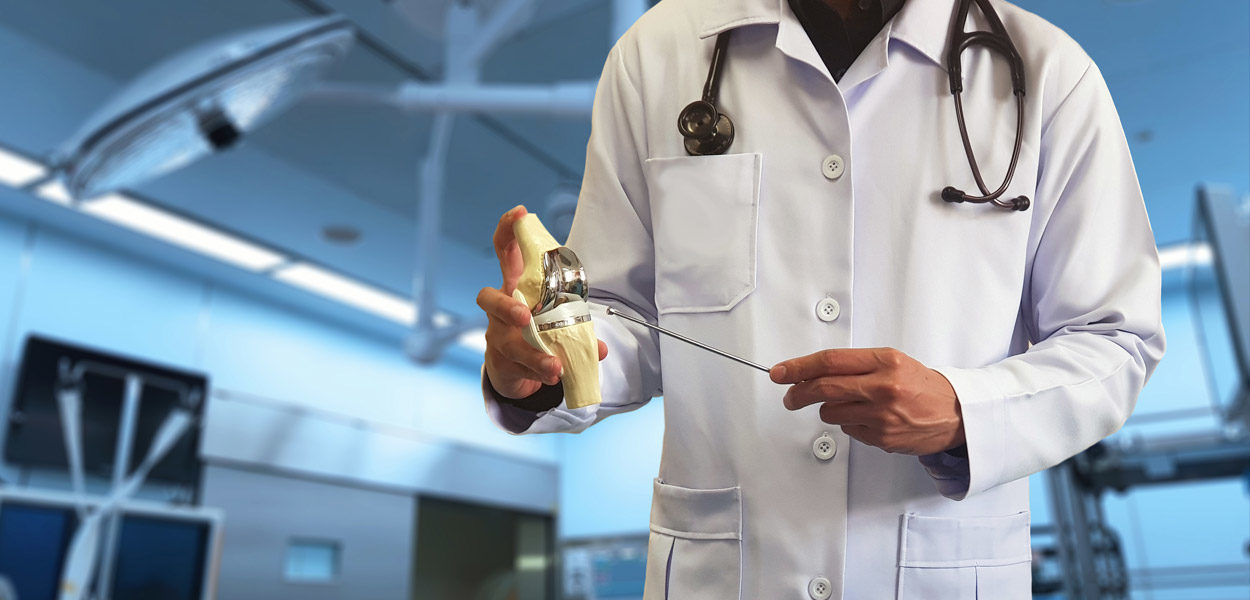
section-018cc4c
Orthopedic conditions affecting the lower extremity, such as osteoarthritis, bursitis, and neuropathy, need personalized treatment to reduce the risk of long-term complications and prolonged recovery. Some patients may only need physical therapy and medication, while others may require surgery and long-term care.
Total knee arthroplasty
Knee replacement surgery involves cutting away damaged bone and cartilage from the thigh bone, shinbone, and kneecap, and replacing it with an artificial joint. This is done to relieve pain and restore function in diseased knee joints.
During surgery, the knee will be in a bent position to expose all surfaces of the joint. The surgeon will then make an incision about six to 10 inches long and move aside the kneecap to cut away the damaged joint surfaces. Once the joint surface is prepared, the surgeon will attach pieces of the artificial joint and bend and rotate the knee to ensure proper function, before closing the incision.
section-24f3387
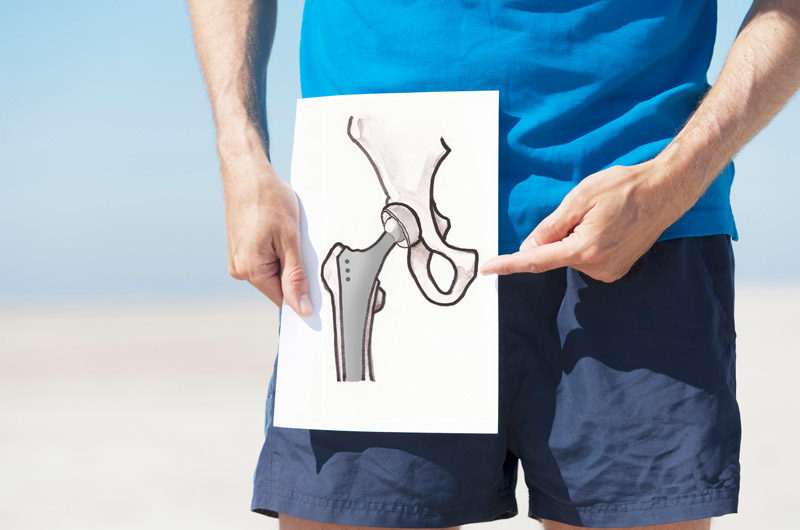
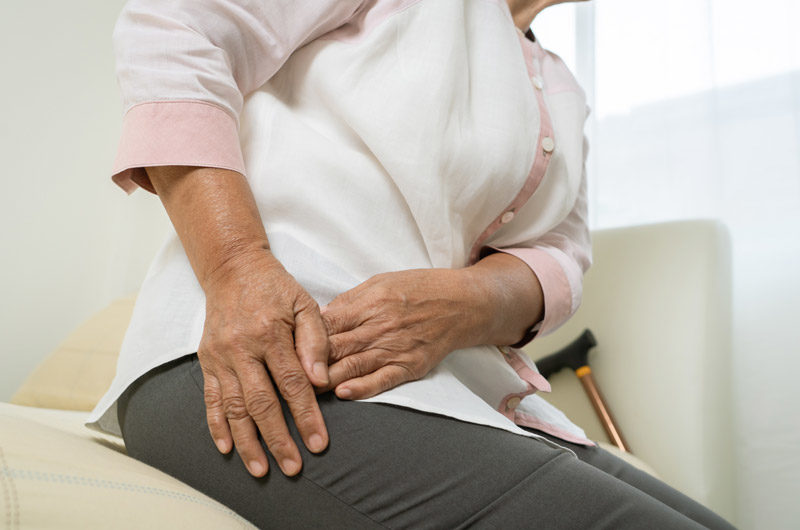
section-c8617d2
Total hip arthroplasty
Also known as hip replacement, total hip arthroplasty involves removing the damaged sections of the hip joint and replacing them with artificial parts to help reduce pain and improve mobility. The procedure may be done to treat patients diagnosed with osteoarthritis, rheumatoid arthritis, and osteonecrosis. Other reasons for the procedure include pain that:
- Doesn’t subside despite pain medication
- Worsens with walking
- Causes sleep disturbances
- Interferes with daily activities, such as getting dressed, walking up or down stairs, or rising from a seated position
The surgeon will begin the procedure by making an incision over the front or side of the hip. Next, the diseased and damaged bone and cartilage will be removed, and the prosthetic socket will be implanted into the pelvic bone. The surgeon will then replace the round ball on the top of the femur with the prosthetic ball.
Osteoarthritis
The most common form of arthritis, osteoarthritis occurs when the protective cartilage cushioning the ends of the bones wears down. Symptoms include pain in the affected joint, stiffness, tenderness, loss of flexibility, grating sensation, bone spurs, and swelling.
Though the condition is irreversible, symptoms may be alleviated with medication, physical therapy, occupational therapy, transcutaneous nerve stimulation (TENS), cortisone injections, lubrication injections, bone realignment, and joint replacement.
section-ffa93cb
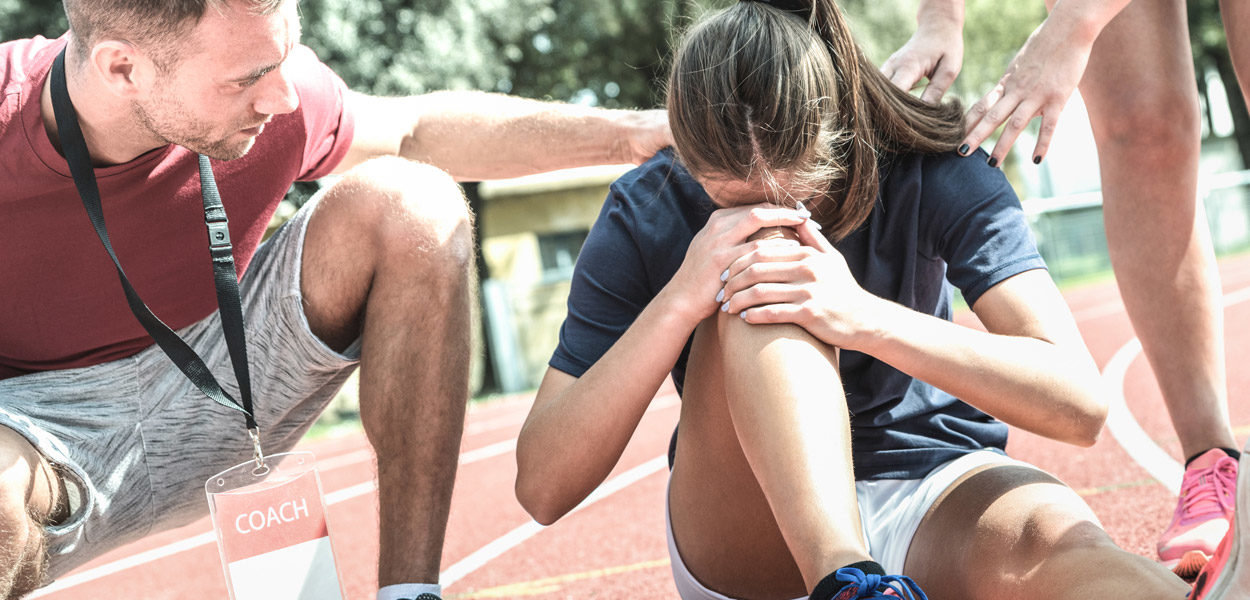
section-c301c03
Meniscus injury
A torn meniscus is a common meniscus injury that may occur as a result of forceful twisting or rotation of the knee, especially when applying full body weight to it. Symptoms of a torn meniscus include a popping sensation, swelling, stiffness, pain, difficulty fully straightening the knee, feeling as if the knee is locked in place, and feeling as if the knee is giving way. Treatment may involve rest, ice, medication, physical therapy, and/or surgery.
section-a2456fe
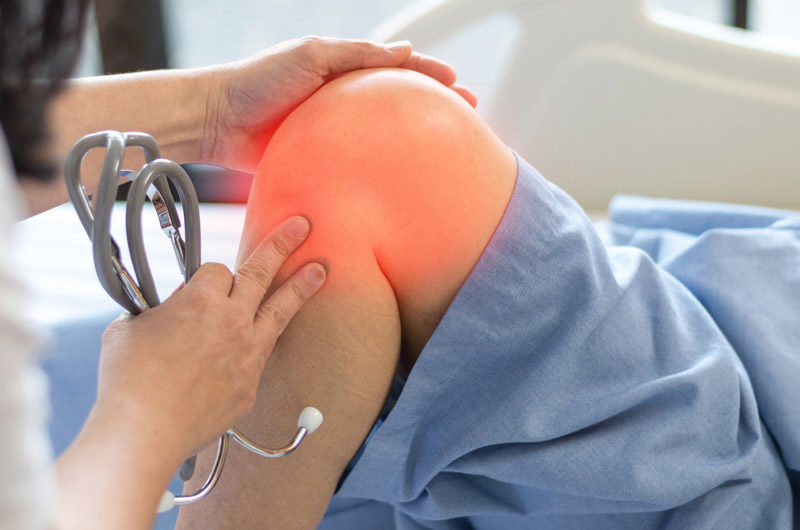
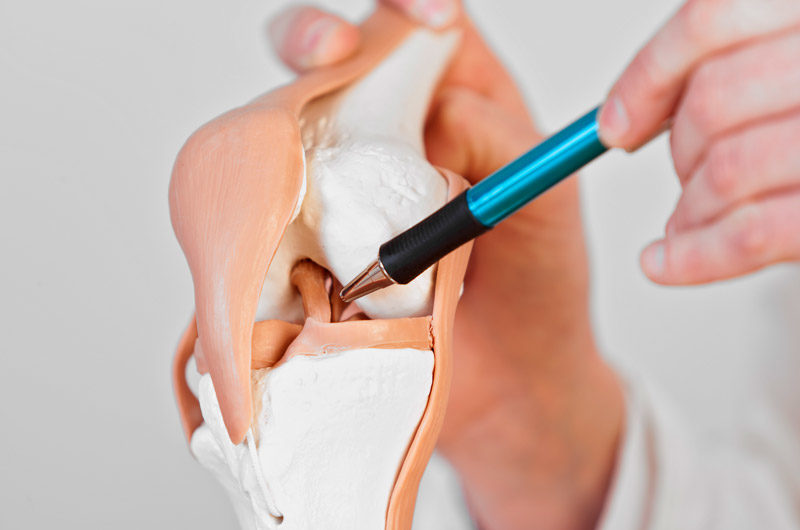
section-004dbe9
Bursitis
Bursitis occurs when the small, fluid-filled sacs that cushion the bones, tendons, and muscles near the joints become inflamed. The condition may develop in the shoulder, elbow, hip, knee, heel, and base of the big toe.
Symptoms of bursitis include achy or stiff joint, pain when moving or pressing on the joint, swelling, and redness. Depending on the severity of the condition, patients may be treated with medication, physical therapy, corticosteroid injections, and surgery.
Anterior knee pain
Pain at the front and center of the knee, called anterior knee pain, may be caused by weak or overused muscles, inflammations, tendon injury, loose ligaments with instability of the kneecap, chondromalacia of the patella, articular cartilage damage, swelling due to fluid buildup in the knee joint, and overloading the extensor mechanism of the knee. The condition is characterized by pain after exercising or sitting too long. Treatment options include physical therapy to improve the flexibility and strength of the knee, hip, and core.
section-33dae02
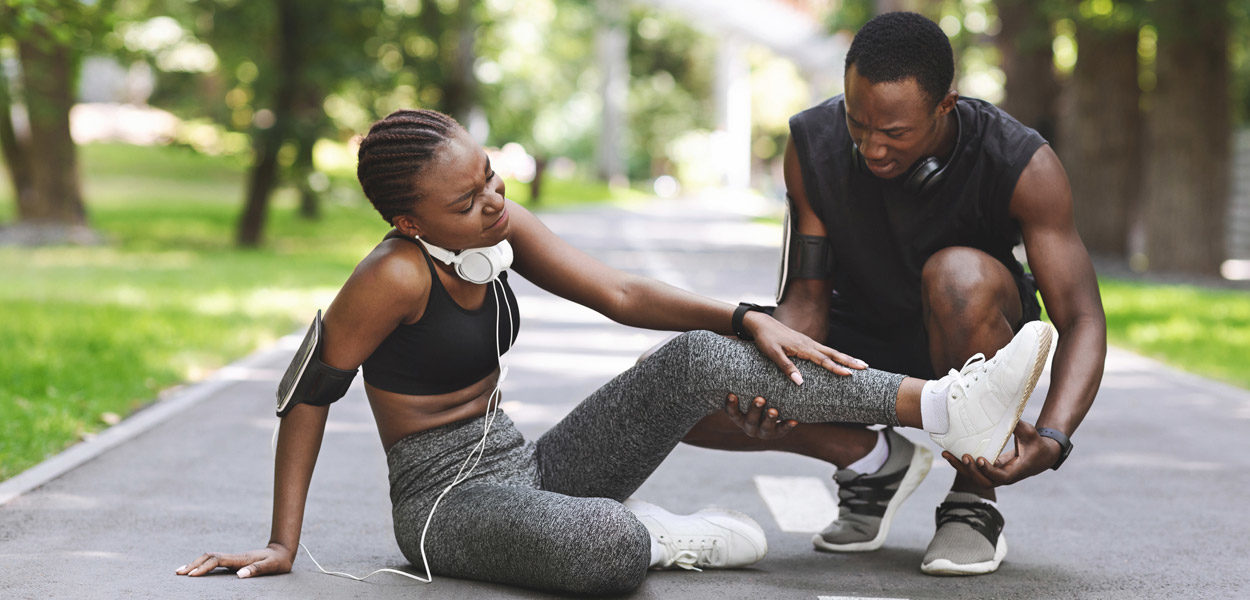
section-d1461ea
Ankle sprain
An ankle sprain can occur as a result of rolling, twisting, or turning the ankle in an unusual way. Doing so can lead to stretching or tearing the ligaments that hold the ankle bones together. Besides pain, an ankle sprain can cause tenderness, swelling, bruising, restricted range of motion, instability of the ankle, and a popping sensation or sound during the actual sprain.
If rest, ice, compression, elevation, and over-the-counter medications don’t provide relief, patients may need physical therapy, and even surgery.
section-a80a2a1
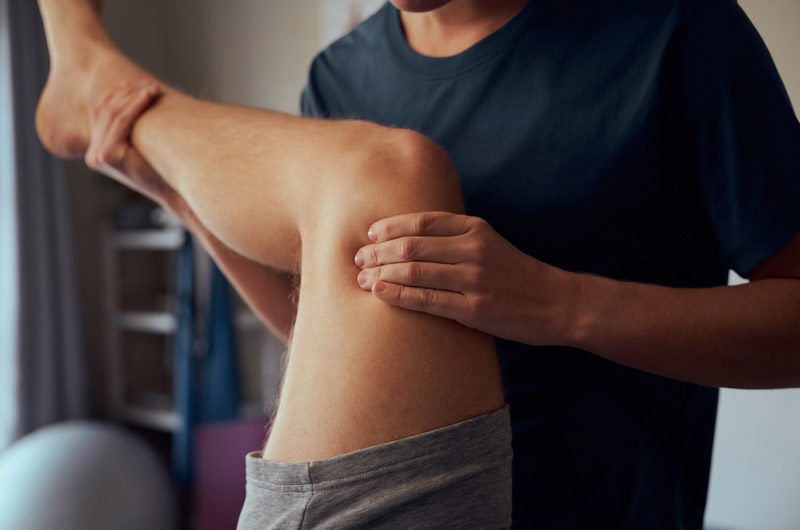
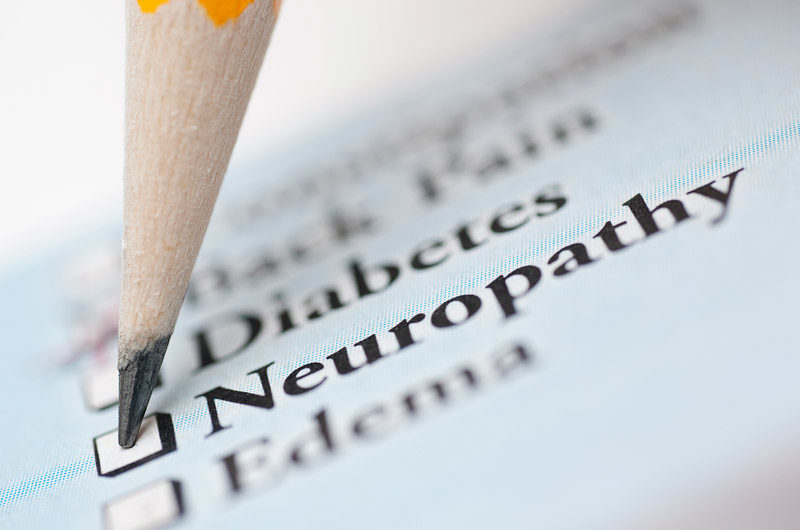
section-10021e5
Drop foot rehabilitation
Patients with foot drop have difficulty lifting the front part of their foot, causing it to drag on the ground while walking. This condition may also force individuals to raise their thigh when walking, as if they were climbing stairs, and cause the foot to slap down on the floor. Some patients may experience numbness on the top of the foot and toes.
The condition may be caused by nerve injury, muscle or nerve disorders, and brain and spinal cord disorders. Patients with drop foot may require braces, splints, physical therapy, nerve stimulation, or surgery.
Drop foot rehabilitation focuses on strengthening the leg muscles to improve the range of motion in the knee and ankle and address gait problems. Stretching exercises will also be prescribed to help prevent stiffness in the heel.
Neuropathy
Neuropathy, also called peripheral neuropathy, is characterized by damage or dysfunction of one or more nerves, leading to numbness, tingling, pain, and muscle weakness in the affected area. Other symptoms may include changes in sensation, falling, loss of coordination, muscle twitching, paralysis, low blood pressure, abnormal sweating, difficulty with various organs, sexual dysfunction, and unintentional weight loss.
Neuropathy may be treated with medication, physical therapy, occupational therapy, surgery, proper nutrition, transcutaneous electrical nerve stimulation (TENS), immune-suppressing or immune-modulating treatment, and mechanical aids, such as braces and custom made shoes, casts, and splints to reduce pain.
